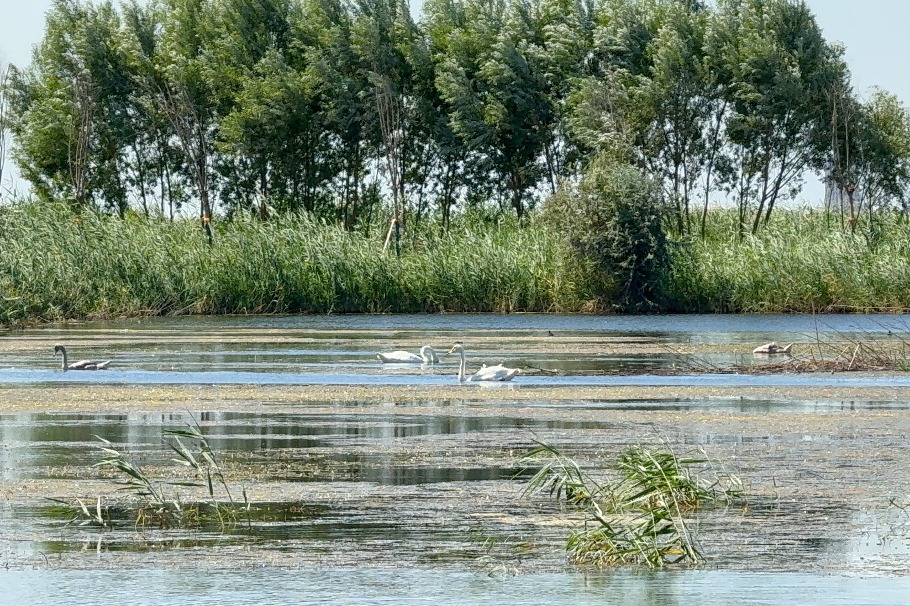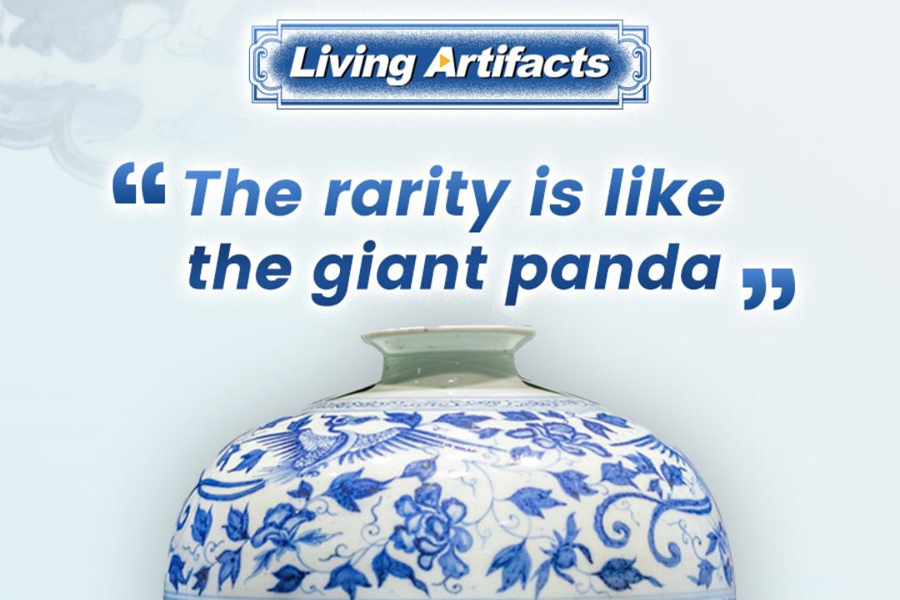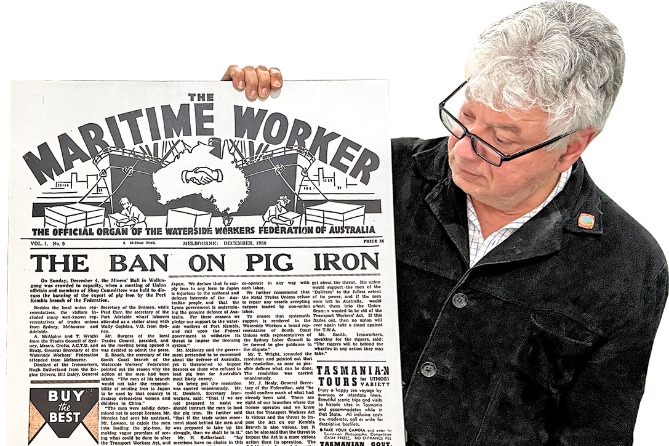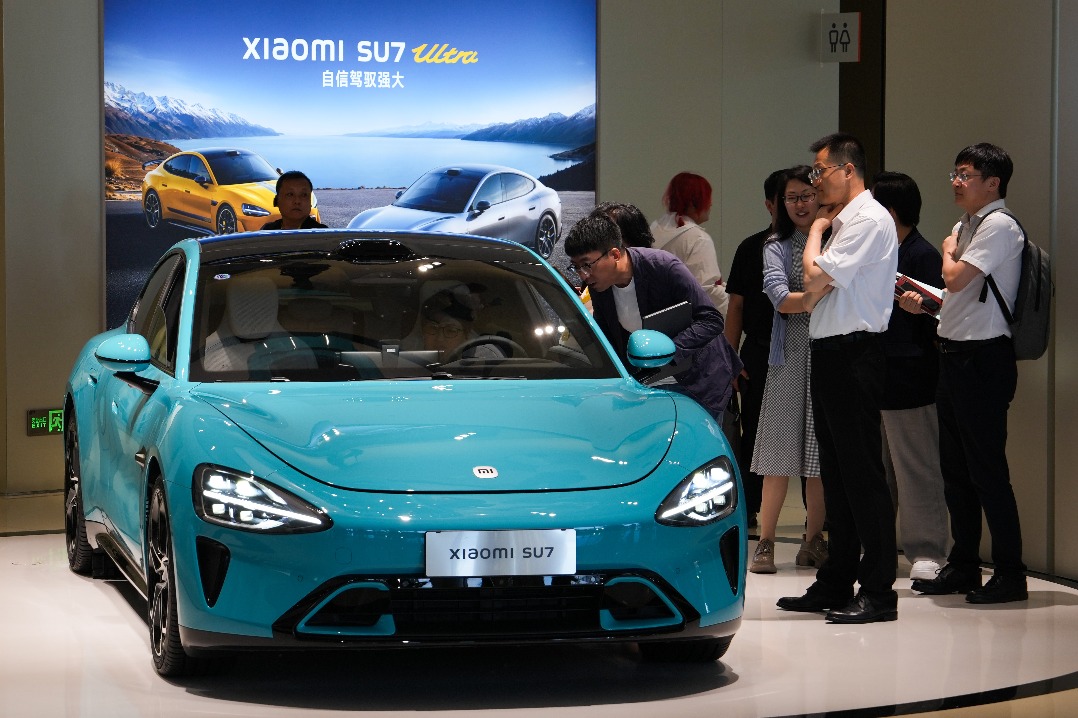Africa poised to shape future of global fashion
Despite several challenges facing the industry, continent has several unique factors that may propel it to success

Editor's Note: Fashion weeks and trade shows in Africa provide platforms as local designers gain recognition for their unique style and use of local resources. China Daily looks at the potential and challenges facing the booming industry.
At the Africa Sourcing and Fashion Week held in Ethiopia this month, award-winning Kenyan designer Aulga Nato was elated to showcase her designs.
During the four-day fashion extravaganza held in the Ethiopian capital Addis Ababa, models donning designs by Nato and her fellow designers strutted across an open-air runway at Skylight Hotel. The event, which is among top fashion shows on the continent, attracted 5,150 visitors, according to organizers.
"African fashion is just getting known across the world. I have seen African aesthetics that are so different from what we see around the world," Nato said. "The rest of the world is just repeating designs, but Africa is introducing new and fresh ideas. And I believe that right now, we are the in-thing."
Nato knows this well, as she was named African Emerging Designer of The Year at the African Icon Hope Awards last year. She believes that Africa is the future hub of global fashion.
According to a UNESCO report titled "The Fashion Sector in Africa: Trends, Challenges, and Opportunities for Growth" released in October, the continent is emerging to become a new global fashion leader.
"Africa's young, innovative and growing population, a rising middle class, rapid urbanization, and increased government support are some of the factors fueling the African fashion sector. The potential is enormous, not only for the economy but also for young people's inclusion, women's empowerment, and for African culture to resonate globally," the report stated.
Despite the bulk of African fashion businesses being micro or small and medium-sized enterprises targeting a hyperlocal market with ready-to-wear and made-to-order clothes, the report also identified a growing number of high-fashion brands concentrated in key markets such as Cote d'Ivoire, Ghana, Kenya, Nigeria, Rwanda, Senegal and South Africa. These provide luxury products for a small group of local and international clients with high purchasing power.
Grace Mbugua runs one such brand and she agrees that there is room for growth in Africa's fashion industry.
Mbugua, who attended the fashion week in Addis Ababa, said events like these will go a long way in making the world take note of African fashion.
"One of the benefits of such fashion fairs is business growth which comes through exposure, partnerships, learning what the world is looking for and what the latest trends are. Ethiopia is one of the largest producers of leather products and I have had the opportunity to see some of the leather they have," Mbugua, who runs J-lo Collections which manufactures products in leather, textile and home decor, said. "They have beautiful and refined leather and I am looking forward for Kenya to get there."
Ducks in a row
Despite her admiration of Ethiopia's leather industry, some fashion week participants felt that Ethiopia and Africa at large need to get their ducks in a row if they are to reap the full benefits that the fashion industry has to offer.
Mishamo Wakaso, CEO of Ethiopia's leather research and development center under the Ministry of Trade and Industry, said leather processing in Africa has grown in the last decade with marked improvement in the quality of products like footwear, leather bags and glove making. Ethiopia is the fifth-largest exporter of leather and leather products in Africa, with exports valued at around $140 million.
However, Wakaso said the main challenge facing Africa's leather industry is supply. Africa has a huge livestock population from where it sources animal skins, but access to chemicals, accessories and components used to treat the skins is a problem.
"Most of the leather processing chemicals used in Africa are imported from China, India and Europe. This has created a big demand with a huge shortage on the continent," Wakaso said.
For Africa to claim its spot in the global fashion world, Wakaso said African governments need to invest in the industry to improve the quality of products.
Despite the teething problems, he believes that African fashion can grow exponentially, especially if the continent looked within itself for a market among its 1 billion population.
"To minimize these challenges as Africa, we have to integrate and create market integration. We are exporting to India or Europe, but we are not utilizing the ample huge market in Africa due to the trade barriers we have," he said. "We have to fix the African Continental Free Trade Agreement because this will attract investors. For example, a chemical manufacturing company can establish its factory in Ethiopia and trade with Kenya, Sudan, Tanzania and other African countries."
Africa is a major producer of raw materials for the fashion industry, with 37 out of 54 countries producing cotton, and textile exports from the continent average $15.5 billion a year, Wakaso said.
Mbugua said African governments have to assume a bigger role to facilitate local trade in the textile and leather industries by creating the necessary infrastructure in addition to the integration of markets.
"Through the facilitation of free movement of people, African governments can make it easy for you to move from one country to the other. We still have challenges of movement and visa closures between countries, but I am looking forward to positive changes. I am excited about the fact that Rwanda has done away with visa requirements for Africans and Kenya has promised to do so by December," Mbugua said.
Mbugua said events like the Ethiopian fashion week are an opportunity for African industry players to create networks and collaborate at the continental level.
"Through such meetings, we look forward to being able to grow ourselves, build East Africa and Africa because now there is such great opportunity. We would love to have African fashion week chapters within Africa and then grow our businesses because the purpose is supporting our members to grow ourselves to access markets and make sure that we are competitive in unity," she said.
The lack of access to the African market by African fashion players can be seen in the fact that Africa's textile imports, including clothing and footwear, are valued at $23.1 billion annually, almost double the value of exports, according to the UNESCO report.
"African countries are increasingly organizing trade shows, bringing together sector players, and promoting shared partnerships. The Africa Sourcing and Fashion Week is one such example," the report said.
Nato said events like the Africa Sourcing and Fashion Week are an opportunity for the world to experience the best from Africa.
"The unique aspect of African fashion is authenticity and originality. If you check most fashion houses elsewhere in the world, they have done so much that they have less creativity in what they are putting out now. Africa, on the other hand, is rich in fabric, we are huge cotton growers and we are rich in every single way. That's our fashion. If the world would focus on us, I think we are the next big thing," said Nato, who has her own luxury label Nato Design House.
Market-oriented
Despite the challenges faced by young designers on the continent, she advised players in the industry to give their best to their work and to be a master.
"As an upcoming designer, you should strive to learn and understand your clients," Nato said. "Listen to your clients, listen to what the market wants as opposed to what you want."
Most players in the African fashion industry also believe that Africa has the ability to lead the world in sustainable fashion and practices. Nato believes that since Africa is not wasteful, small acts like collecting waste materials and reusing or redesigning them helps reduce wastage.
"Personally, I get to check back on some of my designs that did not move and redesign them before putting them back into the market," Nato said.
"I also have clients who buy gowns from me for special occasions and after using the gown once, they cannot put them to other use. In such a case, I am able to convince my clients bring back their gowns and I resell the gowns to people who are able to buy them and use them again."
Mbugua believes that African governments are leading the way in sustainability by establishing regulations to develop safe tannery systems in the leather industry.
"In Kenya for instance, we have adopted vegetable tanning where we use vegetable tannins to preserve, strengthen and give color to our hide. This is because chemicals are destructive and affect the environment, including water systems. We also demand the same level of environmental awareness from our suppliers," she said.
Solomon Dodoo, a Ghanaian exhibitor at the Ethiopian fashion week and fair, said a tour around the booths at the event reveals that African fabrics are vibrant, colorful and incorporate the diversity of African culture.
"Going through the items on exhibition at this fashion event, you notice that every single fabric is unique and there are no two fabrics that look alike," Dodoo said. "Africa is offering beautiful fabrics to the international world and I hope they will patronize and buy into the idea that Africa really has a very beautiful culture in terms of our fabrics. We are the future of fashion."
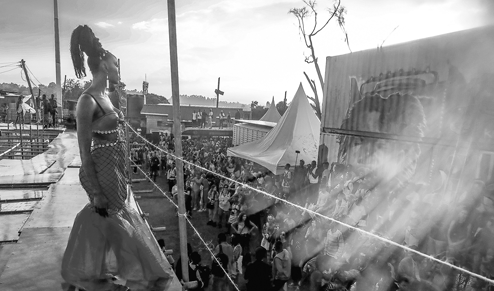
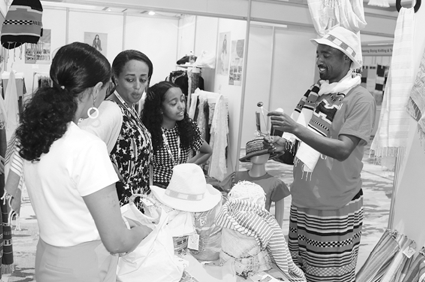
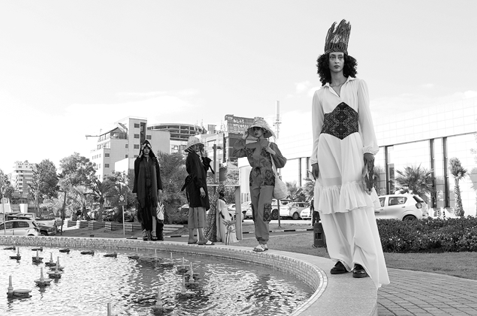
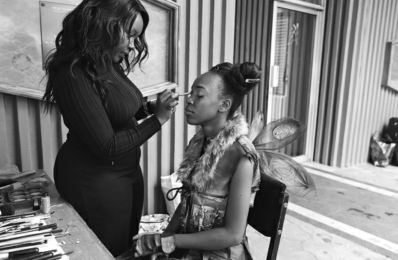
Today's Top News
- China reaffirms sovereignty over Taiwan, says complete reunification unstoppable
- A-share market surges past 100 trillion yuan milestone
- No reason for Germany to let political expediency hurt relations with China
- Book on Xi's views on strengthening, revitalizing armed forces published
- China supports Ukraine peace talks between all parties
- China to hold press conference on military parade preparations
















